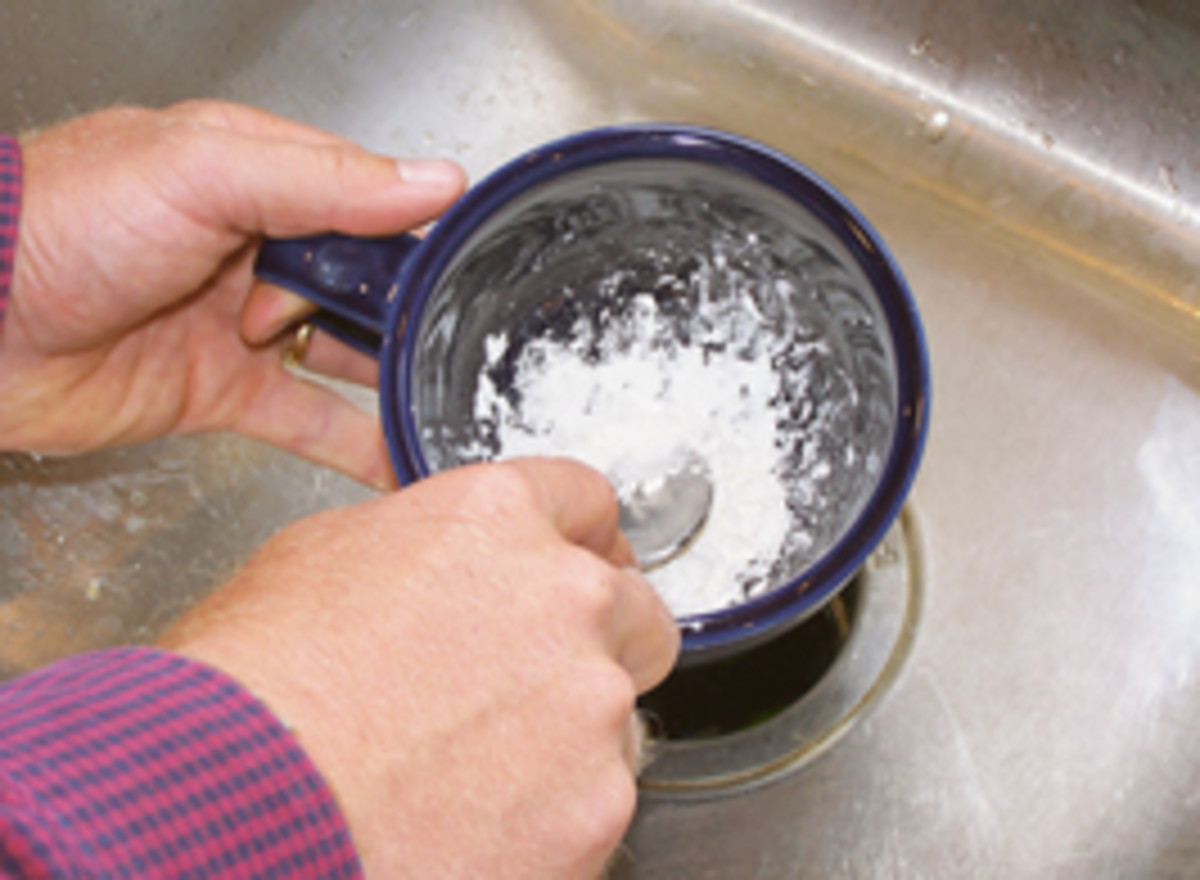
The condition diagnosed as an “internal abscess” is that of a chronic walled-off infection usually located in a horse’s abdomen or chest cavity. The general symptoms that a horse with this condition presents with are weight loss, less than a normal appetite and general malaise.
Occasionally, some of these horses are noticed to have a compromised way of moving. They just aren’t “themselves,” the owner says. On initial examination, some of these horses will have a low-grade fever (i.e., 101 degrees Fahrenheit in the morning instead of 99-100).
When I see a horse with these general symptoms and no other obvious reason for them, I will take a blood sample for what is termed an inflammatory hemogram. The results will tell me if the horse is suffering from a chronic infection.
One specific thing to look for in the blood is a rise in the total white blood-cell count. The type of white blood cell that goes up is also important. The neutrophil is the white cell that rises in the face of chronic infection. The horse will also often be slightly anemic (with a lower than normal red blood-cell count) due to suppression of the bone marrow by toxic products of chronic infection.
Fibrinogen is a plasma protein that goes up with chronic inflammation and can be an indicator of the size or activity of the walled-off infection. Oftentimes, the history and results of the blood count are all one has to go on to make the diagnosis and initiate treatment. With high-tech ultrasonography or radiology one can sometimes image the lesion in the chest or abdomen.
Treatment is based on long-term antibiotic therapy with periodic blood tests to measure the response. By long-term therapy, I mean at least one month, but perhaps longer depending on the response. I usually treat these horses orally with a drug like Trimethoprim sulfa, sometimes supplemented with a drug called rifampin that aids in penetrating the capsule that builds up around these abscesses.
I prefer the oral route of treatment when possible to avoid the problems associated with injections daily for that length of time. These lesions have taken a long time to develop and will take a lengthy treatment period to resolve.
The general theory is that these lesions can start by an episode of bacteremia (bacteria in the bloodstream) that can and does occur from time to time. If you have enough resilient bacteria that filter out in an internal lymph node, they can colonize, reproduce and form the nidus of the infection. It doesn’t make the horse noticeably ill initially, but as the lesion grows and produces more toxins, the symptoms I described become evident.










